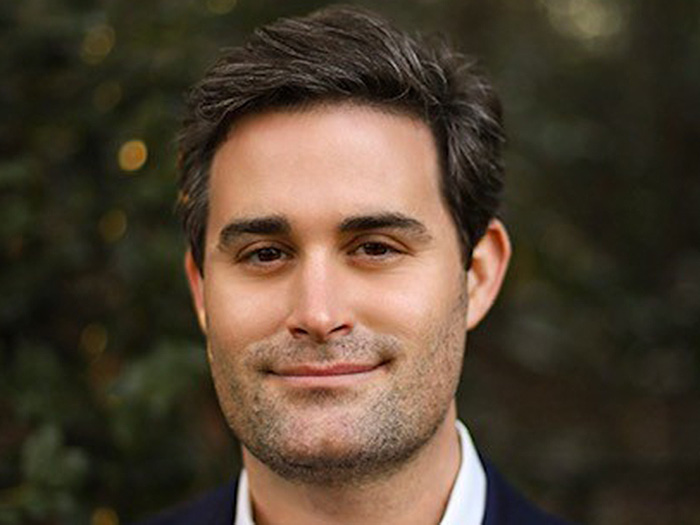Risk Insider: Jack Hampton
A Risk Perspective on College Students
Did you ever wish you could be a salesperson at the Tiffany flagship store on Fifth Avenue in Manhattan? Somebody, nicely dressed, walks through the door and your heart beats faster. This is a customer and you know what to do. Sell expensive bling and your job is done. Smiles all around.
The situation is far more complex for the newly-minted college professor. After years of dull, plodding preparation, you drag your doctoral degree through extensive interviews and finally obtain a position at a college or university.
You kind of know what you must do. Your days will be spent in the classroom or advising students at the desk in your drab, tiny office. Your nights and weekends will be spent writing articles because publishing research is mandatory if you want long-term academic employment. The daily routine will occasionally be interrupted by committee meetings with no apparent goal or purpose.
A professor is a highly-trained professional, not unlike a medical doctor. There is a difference. Doctors, like the salespeople at Tiffany’s, know what they’re supposed to do. They treat patients, heal disease, and repair physical damage. Salespeople describe features of jewelry, promote glamour, and sell status to customers. Professors have no such clarity.
The college is creating something of value that will later be provided to satisfy the wants and needs of society and employers. The product is an educated person with writing, math, and problem-solving skills verified by a college degree.
In a time of turbulence in the role of higher education, the situation poses serious risks for professors and their institutions.
Collectively, the faculty and staff need to resolve a basic dilemma. Is a college student a patient, customer, or something else?
The answer is simple from a risk management perspective.
The student plays a dual role in academic institutions. He or she is a customer — the recipient of a service provided in a financial transaction. The service is learning leading to a diploma. The financial transaction is tuition.
The student is also a product. The college is creating something of value that will later be provided to satisfy the wants and needs of society and employers. The product is an educated person with writing, math, and problem-solving skills verified by a college degree.
The college only succeeds if it initially treats students as customers and then converts them into products. Tiffany’s brings you into the store with excitement and expectations. Its jewelry shines brightly as it leaves the store to fulfill the promise.
The current crisis in higher education is likely to force the closure of many schools. This is a challenge for college professors. Instead of discussing the parking problem on campus, perhaps they should promote a balanced perspective of their role with students. Everyone’s job is to serve the student as customer until he or she is polished up to a high gloss.
Released as a product at graduation, the student helps the institution achieve its Tiffany-like stature with one exception. Selling jewelry rarely changes the world. Medical doctors and professors often do. They need to get it right.










